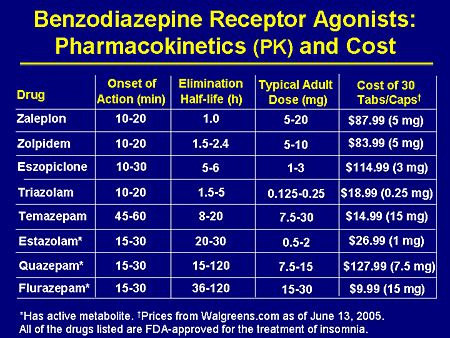
In initial publications, phenibut was known as phenigamma. Phenibut was first synthesised in Russia in the 1960s by Vsevolod Vasilievich Perekalin and his associates at the Department of Organic Chemistry of the Herzen Pedagogical Institute in St Petersburg, Russia. Phenibut was available as a powder in amounts ranging from 5 g to 1,000 kg and as capsules containing 200–500 mg in packs of between six and 360. In Russia and the Ukraine, it is commercially available as БИФРЕН® (Bifren) and daily doses range from 500 to 2000 mg.

ScreenshotĪlthough phenibut is commercially available in few countries around the world, aside from Russia, a recent study showed that 48 unrelated internet suppliers sold phenibut from the United Kingdom, United States, China, Australia and Canada. In Russia, Phenibut is sold commercially. In Australia specifically, the drug regulator, the Therapeutic Goods Administration (TGA) has rejected 11 public submissions for registration and states that phenibut “represents a significant risk of harm, including overdose”. Phenibut is not licenced for use in the European Union, Australia or the United States due to safety concerns. It is also used recreationally in many countries including the United States, United Kingdom and Australia to reduce social anxiety and induce feelings of euphoria.Īnimal studies also show it has potential to improve brain function after a stroke. Phenibut can be used to treat anxiety, post-traumatic stress disorder, alcohol withdrawal syndrome and vestibular (balance) disorders such as vertigo. Baclofen is prescribed as a muscle relaxant for patients with conditions such as multiple sclerosis. Phenibut is structurally similar to the widely prescribed drug baclofen (Lioresal), which is available in Australia.

Because it depresses the central nervous system (like GABA), it is also used as a mood elevator and tranquiliser. Once phenibut reaches the brain the result is reduced anxiety and social inhibition. The blood-brain barrier is is an important mechanism that stops harmful toxins and bugs travelling through the blood stream and entering the brain.Įxplainer: what is the blood-brain barrier and how can we overcome it? Animal studies have shown that phenibut is able to penetrate the blood brain barrier.


 0 kommentar(er)
0 kommentar(er)
